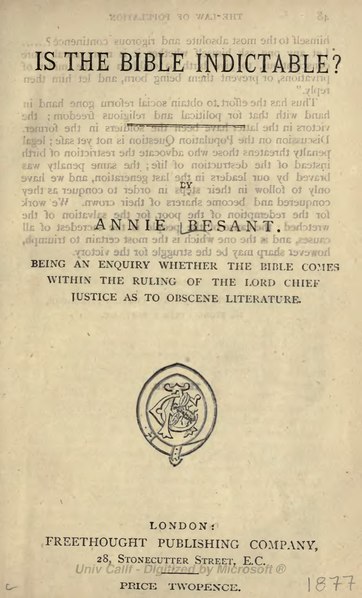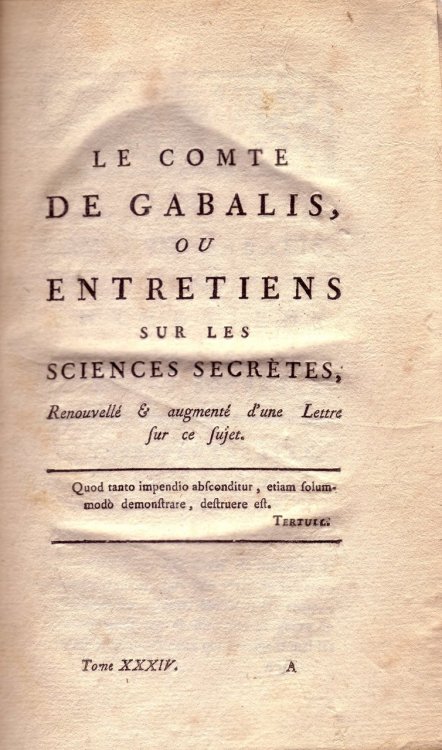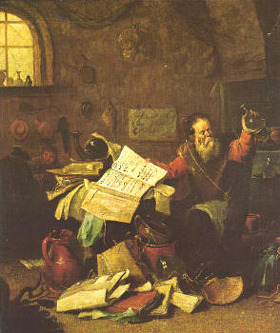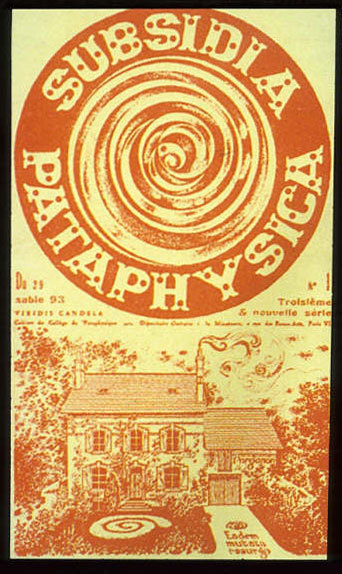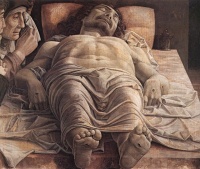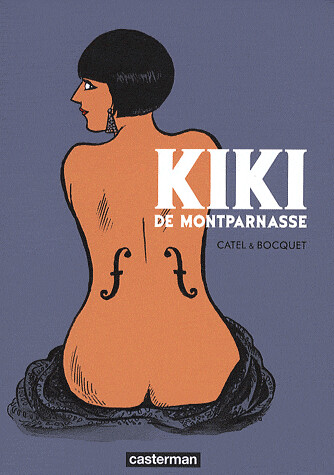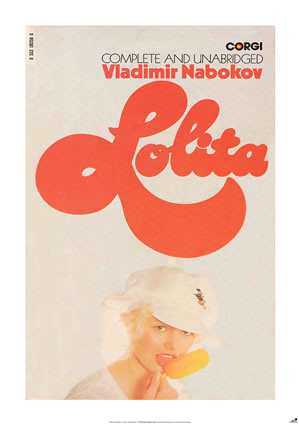I forgot how exactly the film Idiocracy (2006) came to my attention last Saturday. I googled it, it was on archive.org of all places. I watched it.
I enjoyed it immensely, at first unaware that its director also did Beavis and Butt-Head.
The film is a science fiction satire and it reminded me of the similar film The Invention of Lying (2009), another favorite.
The best science fiction stories are satires, just as the novella Flatland was or Voyage to the Moon by Lucian.
The clip above comes from the time machine theme park ride episode which was quite a clever plot element.

